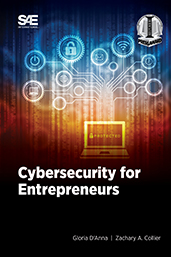Article
Argus makes Fleet Protection cybersecurity available to both automotive and aircraft fleets
2019-07-03
Argus, a global leader in automotive cybersecurity, has upgraded its stand-alone Fleet Protection backend platform and is now providing continuous live monitoring of both automotive and commercial aircraft fleets.









